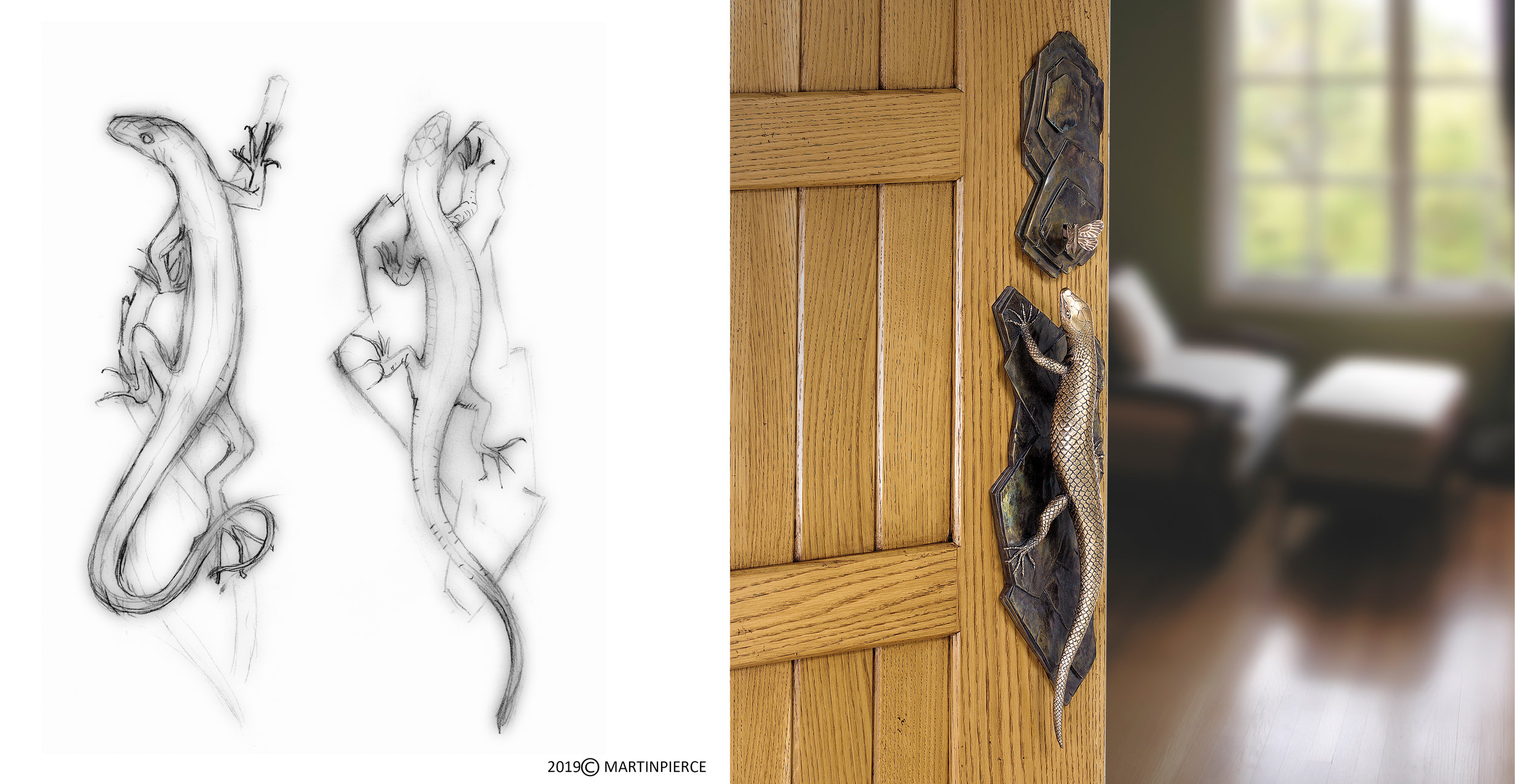With more time to walk we are able to see more Bulbuls in the Hollywood hills and have managed to photograph several.
We first encountered this petite bird with colorful markings in the 1990’s at the Huntington gardens and felt quite privileged to site this bird that we have always associated with Asia and tropical environments. What we hadn’t realized was that the Bulbul was a common resident of the park in the 1970’s and 80’s and was on the A list as a non-indigenous species and destined for eradication. Thankfully sufficient public and birder opposition resulted in the suspension of this policy and now we enjoy this cheery musical creature in our own neighborhood.
I had a great deal of fun reading about the bird’s diet and habitat on Wikipedia and as a result know this passerine bird to be a fugivore. For those unfamiliar with these terms they simply mean that this is a bird that likes to perch and lives on a fruit diet. As a frugivore it makes sense that the Bulbul now thrives in Florida and southern California where fruit is abundant.
While the Bulbul is named for its small red-whiskers the males back crest and red abdominal feathers are much easier to spot as can be seen here. Like all passerines the Bulbul has three toes that point forward and one pointing back which makes perching an easy task.
If you are looking for a less flighty bird and one that you would like to use as a cabinet pull then consider the swallow pull or if you are searching for a wall statement check out our bronze jay bird.
To read more about the Bulbul’s near eradication please the article by Mary Barker
For those seeking to improve their ornithological knowledge or looking for words for Scrabble Wikipedia is great resource.
















